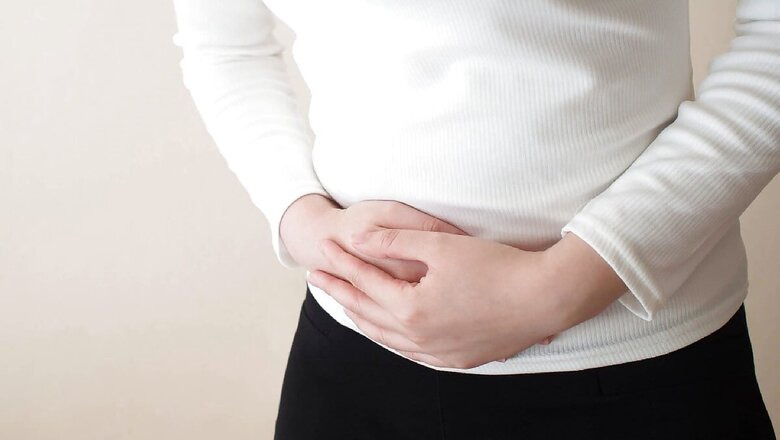
views
The endometrium is the inner lining of a woman’s womb or uterus and it is formed of endometrial tissue. Endometriosis is a disorder where the endometrial tissue starts growing outside the uterus, and on the other reproductive organs like ovaries, fallopian tube (a tube that connects ovaries to the uterus) and rarely in the pelvic or abdominal cavity.
In women with endometriosis, the tissue formed outside the uterus also acts similar to the normal endometrial tissues. During a woman’s menstrual cycle, these tissues respond to the hormonal changes to thicken and shed (if not pregnant). As the shed blood does not find a path to discharge out of the body, it gets accumulated around the uterus, ovaries or surrounding regions. This leads to inflammation, swelling and eventually scarring of the organs.
It is estimated that 10 to 15% of women of reproductive age and 70% of those with chronic pelvic pain are affected by endometriosis. However, the true prevalence could be more than that, since the diagnosis requires a surgical diagnostic procedure (laparoscopy) to visualize and biopsy endometriosis lesions. Combined with how often the symptoms are passed off as regular period pain, the diagnosis is unfortunately delayed for many women, resulting in unnecessary suffering and reduced quality of life.
Though the symptoms of endometriosis may vary from woman to woman, the most common symptom of endometriosis is said to be pelvic pain. Some other signs you should look out for and not ignore are:
1. Dysmenorrhea (painful periods)
The period days are typically marked with severe pain and cramps in the lower back and abdomen area. The pain may start a few days before you get your period and last throughout the period.
2. Painful sex
Pain in the lower abdomen area during and after intercourse is a common symptom of this condition.
3. Dyschezia (bowel movement pain)
Dyschezia refers to pain or discomfort felt during a bowel movement and urination. It aggravates during the period days.
4. Heavy bleeding
Blood flow is noted to be heavy during menstruation. Sometimes, bleeding or spotting in between periods (intermenstrual bleeding) can also be experienced.
5. Ovulating pain
Some women may also experience pain during the ovulation period, which is when the ovaries release the egg. This usually occurs 14 days before your period begins.
6. Fatigue
Feeling extreme tiredness or weakness more often than usual, especially during the menstrual period can be a symptom of endometriosis.
7. Digestive problems
Constipation, diarrhea and bloating are few gastrointestinal symptoms that may also be seen during periods. Endometriosis is believed to be associated with irritable bowel disease (IBD).
8. Nausea
Endometriosis may present with nausea, which is also usually experienced during periods.
9. Infertility
While mild endometriosis does not necessarily result in infertility, the disorder can affect fertility in many ways. The tissue growth can obstruct the path of the egg or the inflammation could create an adverse environment for conception, leading to complication in getting pregnant.
Almost all of the symptoms of endometriosis present during periods are similar to regular menstrual discomfort. Some women may even experience very mild or no symptoms at all. All of this combined, as well as a general lack of awareness about the condition, make it difficult to identify the symptoms for what they are.
This condition, if left untreated or undiagnosed, may lead to severe complications like cysts or tumours, infertility or even cause cancer. Therefore, it is important to consult a gynaecologist for regular check-ups and keep a closer eye on any symptoms.
For more information, read our article on Endometriosis.
Health articles on News18 are written by myUpchar.com, India’s first and biggest resource for verified medical information. At myUpchar, researchers and journalists work with doctors to bring you information on all things health.
Read all the Latest News, Breaking News and Coronavirus News here


















Comments
0 comment